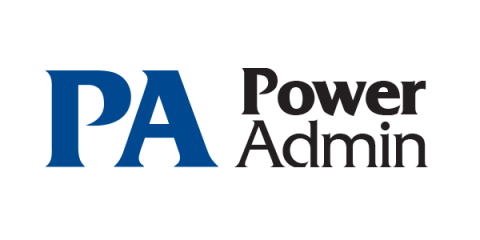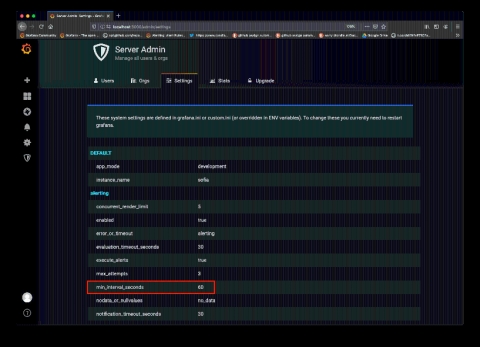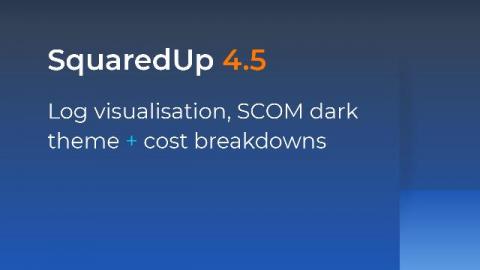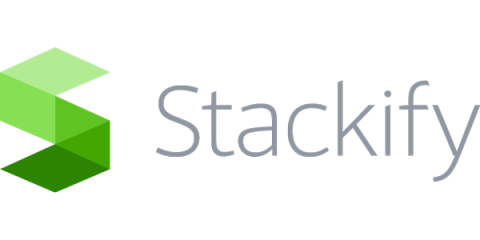How OpsRamp Can Help Tame Multi-Cloud Complexity
Analyst firm Gartner has predicted that 75% of organizations will have deployed a multi-cloud or hybrid cloud model by 2020. While enterprises are using different cloud providers to meet business and technology needs, multi-cloud deployments bring an additional layer of management complexity for IT operations teams.











